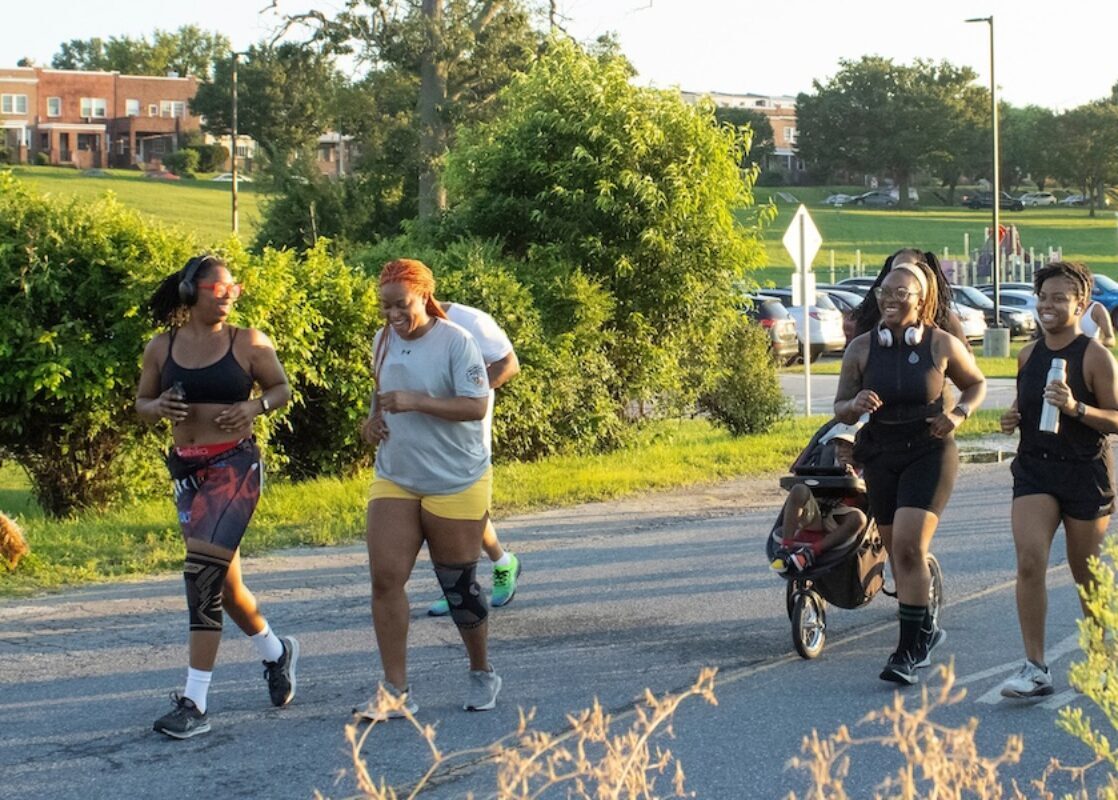Annual Reports and Financial Information
Photo by Side A Photography
Current Annual Report | Past Reports
Rails to Trails Conservancy (RTC) is the nation’s largest trails organization—with a grassroots community more than 1 million strong—dedicated to connecting people and communities by creating a nationwide network of public trails, many from former rail lines.
Check out our latest annual report to read how we have and continue to inspire and support rail-trail development in the U.S.
Annual Reports and Financial Documents
Other Reports and Financial Information
We publish detailed financial information annually via our annual reports, 990s and audits.
Rails-to-Trails Conservancy (RTC) is a charitable organization exempt from taxation under section 501 (c)(3) of the Internal Revenue Code (Tax ID: 52-1437006).
Financial and other information about Rails-to-Trails Conservancy can be obtained by contacting Cynthia Dickerson at 2445 M Street, NW Suite 650, Washington, DC 20037, 202.331.9696, or for residents of the following states, as stated below:
- Colorado: Secretary of State, 303.894.2200, www.sos.state.co.us, Reg. No. 20033001429.
- Florida: SC No. 01008. A copy of the official registration and financial information may be obtained from the division of consumer services by calling toll-free, within the state, 1.800-HELP-FLA.
- Maryland: For the cost of postage and copying, documents and information filed under the Maryland charitable organizations laws can be obtained from the Secretary of State, Charitable Division, State House, Annapolis, MD 21401, 1.800.825.4510.
- Michigan: MICS No. 23949.
- Mississippi: The official registration and financial information of RTC may be obtained from the Mississippi Secretary of State’s office by calling 1.888.236.6167.
- New Jersey: Information filed with the attorney general concerning this charitable solicitation and the percentage of contributions received by the charity during the last reporting period that were dedicated to the charitable purpose may be obtained from the attorney general of the state of new jersey by calling 973.504.6215(973), and is available on the internet at https://njconsumeraffairs.state.nj.us/public-charity-search-results/.
- New York: Upon request, Attorney General Charities Bureau, 120 Broadway, New York, NY 10271.
- North Carolina: Financial information about this organization and a copy of its license are available from the State Solicitation Licensing Branch at 1.888.830.4989.
- Pennsylvania: The official registration and financial information of RTC may be obtained from the Pennsylvania Department of State by calling toll-free, within Pennsylvania, 1.800.732.0999.
- Virginia: State Office of Consumer Affairs, P.O. Box 1163, Richmond, VA 23218.
- West Virginia: West Virginia residents may obtain a summary of the registration and financial documents from the Secretary of State, State Capitol, Charleston, WV 25305.
Registration in a state does not imply endorsement, approval or recommendation of rails-to-trails conservancy by the state.

Donate
Everyone deserves access to safe ways to walk, bike and be active outdoors.
We’re BBB Approved!
RTC is an accredited charity with the Better Business Bureau (BBB). For more information, go to our page on the BBB website.
Support Us
Your contributions make it possible for RTC to support the development of a nationwide network of trails. Please Support Us to help build, maintain, defend and connect trails and trail corridors across America.
Things to Know
Rails-to-Trails Conservancy is a nonprofit, charitable organization. Membership contributions and donations to RTC are tax deductible; for details, visit our tax deduction page.